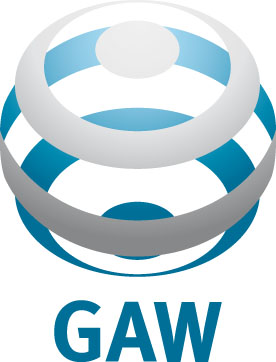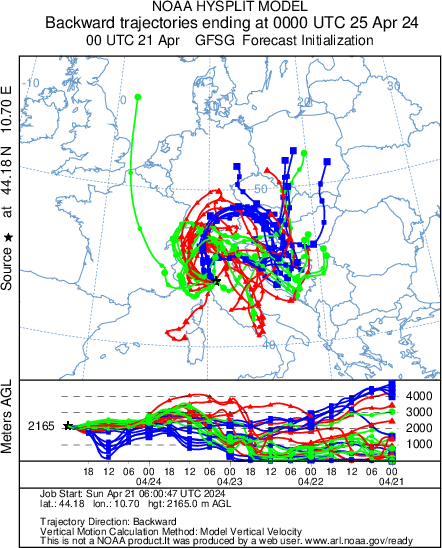Carbon dioxide, carbon monoxide and methane (CRDS)
Starting date: 1-5-2018
Status: Running
Instrumentation and calibration: Carbon dioxide (CO2), carbon monoxide (CO) and methane (CH4) are measured using the highly sensitive optical spectroscopic technique called Cavity Ring-Down Spectroscopy (CRDS). For the in-situ measurements, a Picarro G2401 analyzer is used. For the calibration, a set of 4 standards calibrated at ICOS CAL (Central Analytical Laboratories) that referred to the WMO calibration scales are used. Standards span the range of the atmospheric variations. In addition, as a quality control, two target tanks are measured: a short-term target (STT) measured once/twice a day, and a long-term target (LTT) measured every 14 days.
Project affiliation (s) Present: Integrated Carbon Observation System (ICOS)
Related research programmes
- Tropospheric background condition
- Greenhouse gases
- Long-range transport
Why is this research important?
Standardized, high precision and long-term in-situ observation are important to understand the carbon cycle and to support decisions of policy- and decision-maker. Carbon dioxide and methane are greenhouse gases that impact the total radiative forcing.
Carbon dioxide (CO2) is the most important greenhouse gas. It has different sources, both natural (volcanic emissions, biological respiration) and anthropogenic (fossil fuel, deforestation, cement production). It impacts on the radiative forcing, by the long-lived greenhouse gases (LLGHGs) for about 82%. Methane (CH4) as well as being a greenhouse gas, with natural (wetlands, permafrost) and anthropogenic (cattle breeding, rise agriculture, landfills and biomass burning), is also a reactive trace gas that, whit its oxidation, affects the concentration of the hydroxyl radical (OH-), with effects both in troposphere and in stratosphere, with the formation of formaldehyde, carbon monoxide and ozone. Also carbon monoxide (CO) is a reactive trace gas that indirectly influences the atmospheric concentration of other gases, such as methane and ozone, and the greenhouse effect. It is also an important tracer of emissions from combustion.
Organization (s): ISAC-CNR Via Gobetti 101, I-40129, Bologna www.isac.cnr.it
Contact persons: Dr. Paolo Cristofanelli e-mail: p.cristofanelli [at] isac.cnr.it phone: +39 051 6399597
Dr. Pamela Trisolino e-mail: p.trisolino [at] isac.cnr.it
Where can I find the data? ICOS Carbon Portal



